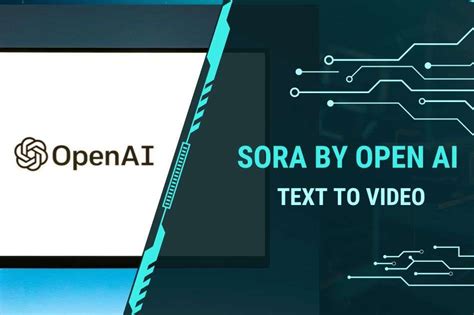Artificial intelligence continues to revolutionize various aspects of our lives, and video generation is no exception. One of the latest breakthroughs is Open-Sora, a tool that allows for impressive video generation capabilities on consumer-grade GPUs. Developed by HPCAI Tech, Open-Sora has garnered a mix of praise and skepticism from the tech community. On one hand, it represents a remarkable step forward, making high-quality video generation more accessible. On the other hand, it still has some hurdles to overcome, particularly in terms of temporal coherence and overall quality.
The discussions surrounding Open-Sora illuminate the broader conversation about AI tools and their place in creative fields. Some users have pointed out that while Open-Sora is technically impressive, it falls short when compared to more compute-intensive solutions like the original Sora. One user argued that Open-Sora uses considerably less computing power but does not quite reach the ‘pretty good’ mark. This sentiment was echoed by others who highlighted the tool’s limitations, particularly in maintaining consistency across frames.
Interestingly, suggestions were made about running keyframes through stable diffusion to enhance quality. However, another commenter countered that such a process isn’t as straightforward as it sounds. This highlights a common issue within tech circles: the oversimplification of complex tasks. As pointed out by a user, adding the word ‘just’ before a technical recommendation does not make the task any easier. This demonstrates the gap between theoretical suggestions and practical implementation, especially in a field as complex as AI-driven media generation.
Another exciting aspect of Open-Sora is the potential for its application in niche areas, like comic book storytelling, where smaller details are less critical. One commenter noted that the generated frames are already quite usable for setting mood in comic book-like storytelling. This opens up new possibilities for creators who are looking for cost-effective ways to produce content without sacrificing too much on quality. The tool has been commended for making such technology publicly available, enabling more experimentation and innovation in creative projects.
The conversation also veered into the realm of intellectual property and the ethical considerations of using AI in creative endeavors. Questions were raised about the legality of the Open-Sora name and whether it infringed on existing trademarks. Another angle to consider is the dichotomy of AI companies’ stance on IP; they often disregard IP issues when training their models but strictly enforce IP protection for their own outputs. This double standard has led to spirited debates about the future of intellectual property in an AI-driven world.
Despite the criticisms, the general consensus is that Open-Sora is a promising tool that signifies the rapid advancement of AI technology. Some users pointed out that Open-Sora’s examples, though not perfect, are relatively good compared to other consumer-grade GPU models. This progress is noteworthy considering that such capabilities were unimaginable on consumer hardware just a few years ago. Optimists in the discussion suggest that state-of-the-art technology should improve significantly every few years, transforming what is possible in media production.
In summary, Open-Sora represents a pivotal moment in the democratization of advanced video generation technologies. While it is not without its flaws, its ability to produce relatively good videos on consumer-grade hardware is a milestone worth celebrating. The debates surrounding its quality, usability, and ethical implications highlight the complex landscape of AI innovation. As the technology continues to evolve, it will be fascinating to see how tools like Open-Sora shape the future of creative industries, making high-quality content production more accessible to everyone.


Leave a Reply